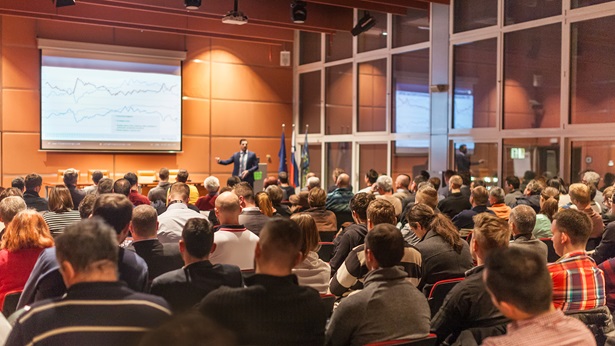TechNotes: Best Practices for Home Builders
In recent years, building codes for energy efficiency and related standards have been amended to require greater amounts of insulation in exterior wall and roof assemblies, including continuous insulation on exterior walls, higher levels of building air tightness, and mechanical ventilation.
NAHB’s Construction Technology Research Subcommittee worked with Home Innovation Research Lab to develop these TechNotes to help builders navigate these new code requirements and implement best practices to avoid building performance issues related to interior humidity levels, condensation in wall and roof assemblies, and interior air quality.
TechNote #1: Whole House Mechanical Ventilation. A summary of IRC requirements for installing whole-house mechanical ventilation systems. System types, benefits, costs, and design considerations are covered.
TechNote #2: Building Air Tightness. A summary of building code (IRC and IECC) requirements for building tightness, blower door testing and air barriers. Critical areas of a house needing proper air sealing are identified.
TechNote #3: Floors above Crawlspaces. Recommendations and best practices for floor construction over crawlspaces in hot/humid climates. Considerations include vapor permeability of floor materials, type of floor insulation and proper ventilation.
TechNote #4: Rain and Groundwater. Recommendations and best practices for exterior wall drainage and bulk moisture control to avoid water infiltration into basements and crawlspaces. Covered practices include overhangs, gutters, flashing and water-resistant barriers, foundation drains and waterproofing and site grading.
TechNote #5: Window and Door Flashing. A summary of IRC requirements and best practices for window and door flashing. Covered are flashing material types, proper installation methods, standard details, and references to industry sources for additional guidance and details.
TechNote #6: Vapor Retarders. Recommendations for proper selection of vapor retarders and best practices for proper placement within the wall assembly. Existing building code requirements are summarized and climate zone-specific recommendations provided.
TechNote #7: Supplemental Dehumidification. Recommendations for controlling interior humidity levels in homes in hot-humid climates. Existing building code requirements are summarized and best practices for installation of both standalone and integrated dehumidifiers are provided.
TechNote #8: Installation of Common Insulation Types. Recommendations for installing common insulation products, including fiberglass batts, cellulose, and spray polyurethane foam, in walls and attics. Best industry practices for achieving quality installation, avoiding moisture problems, and protecting worker health are provided.



